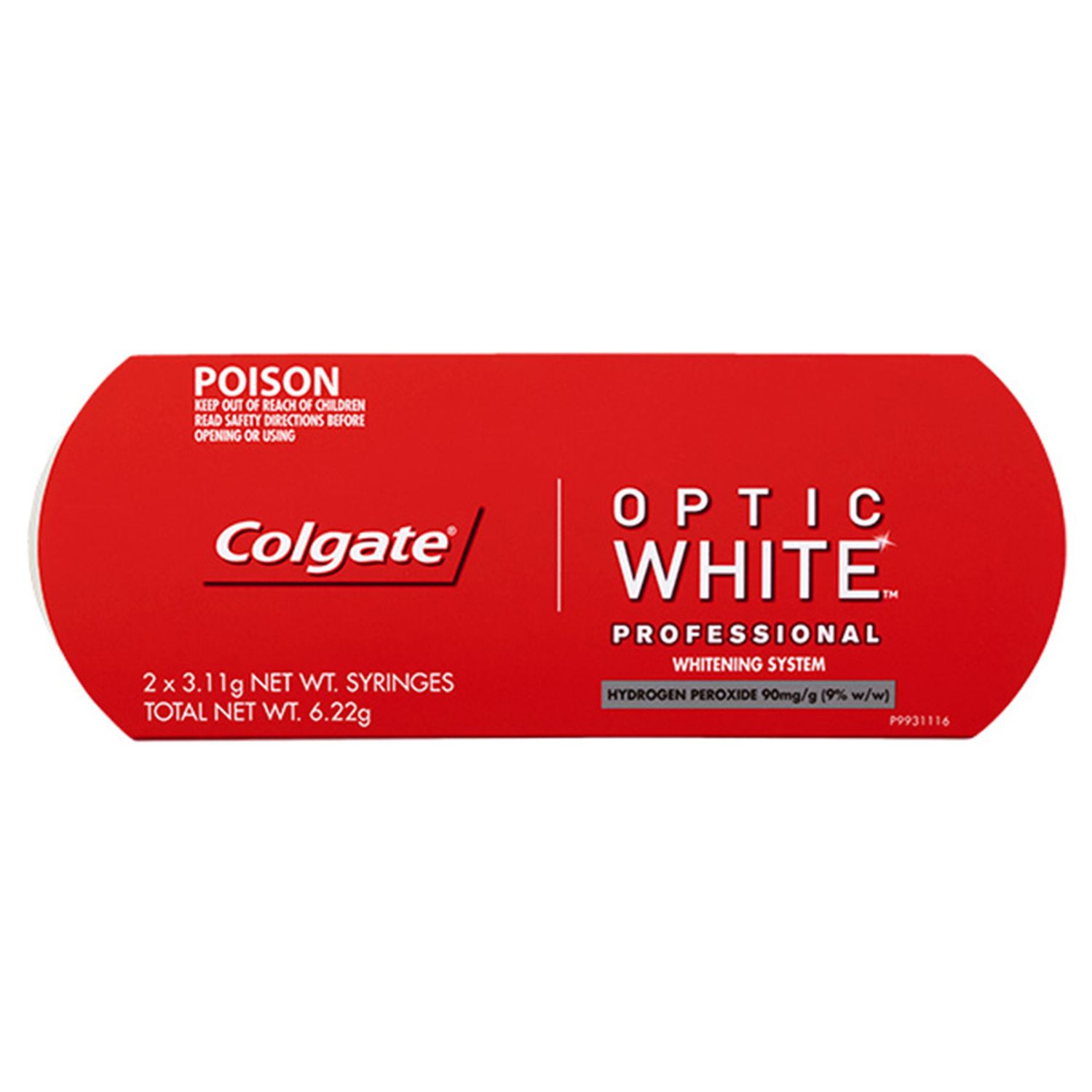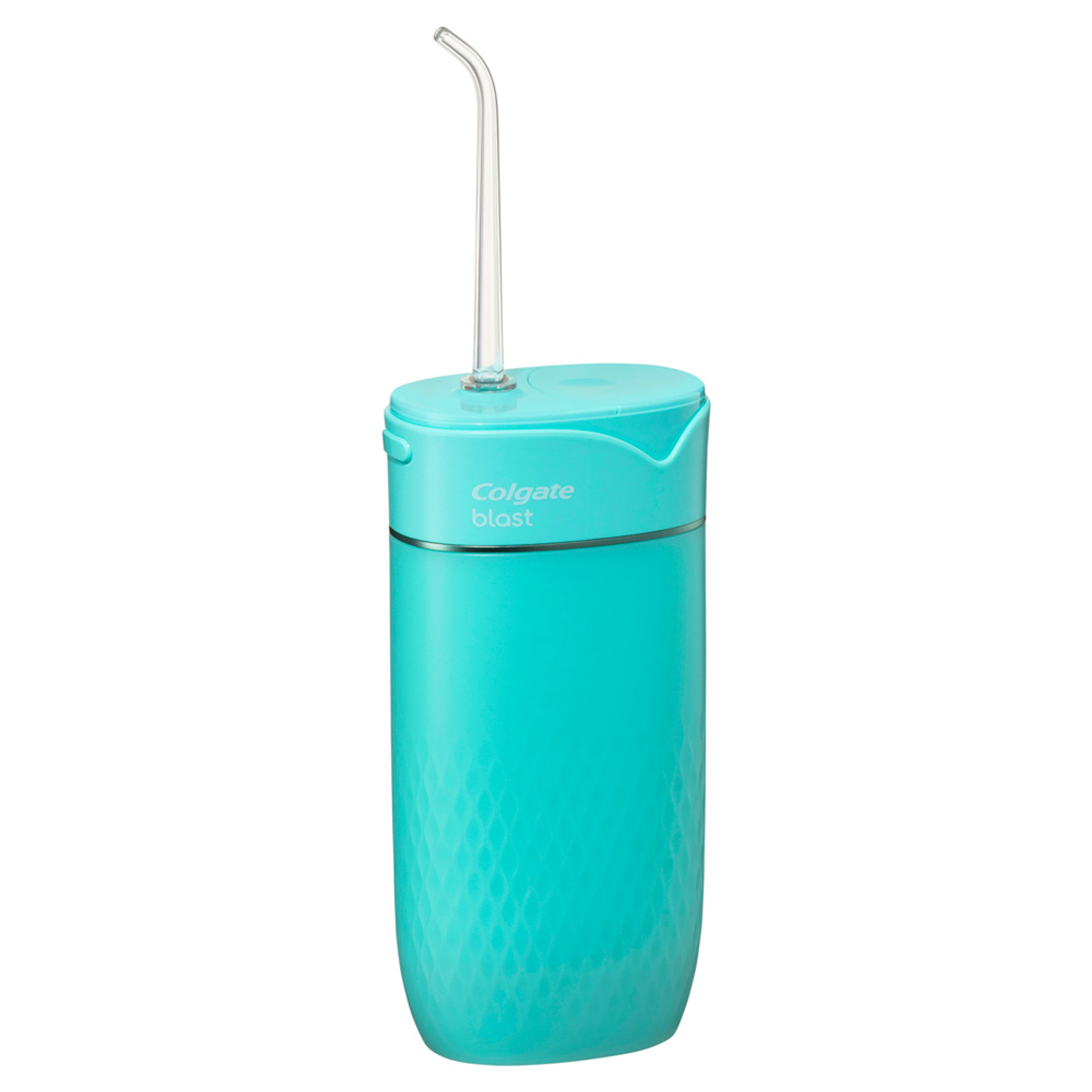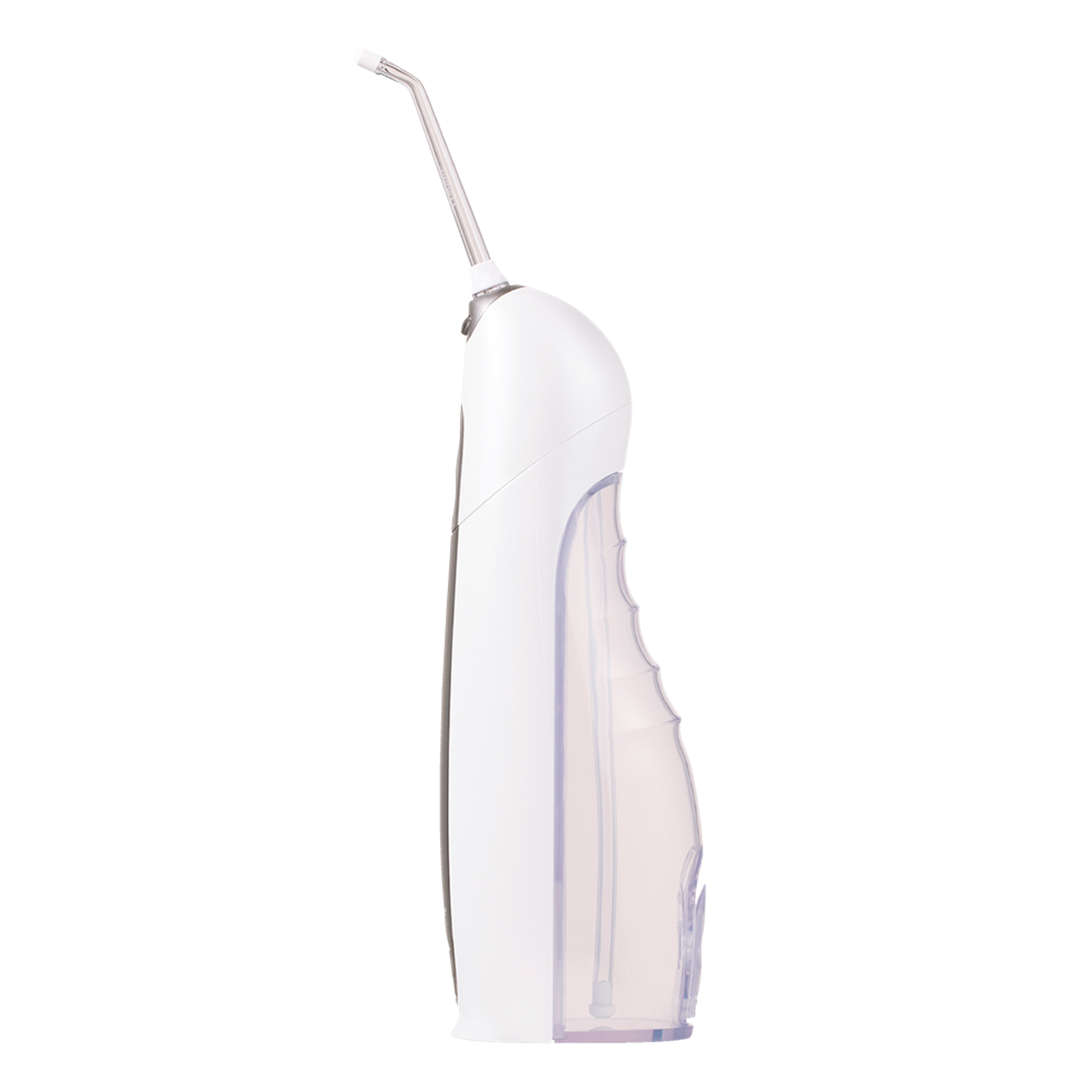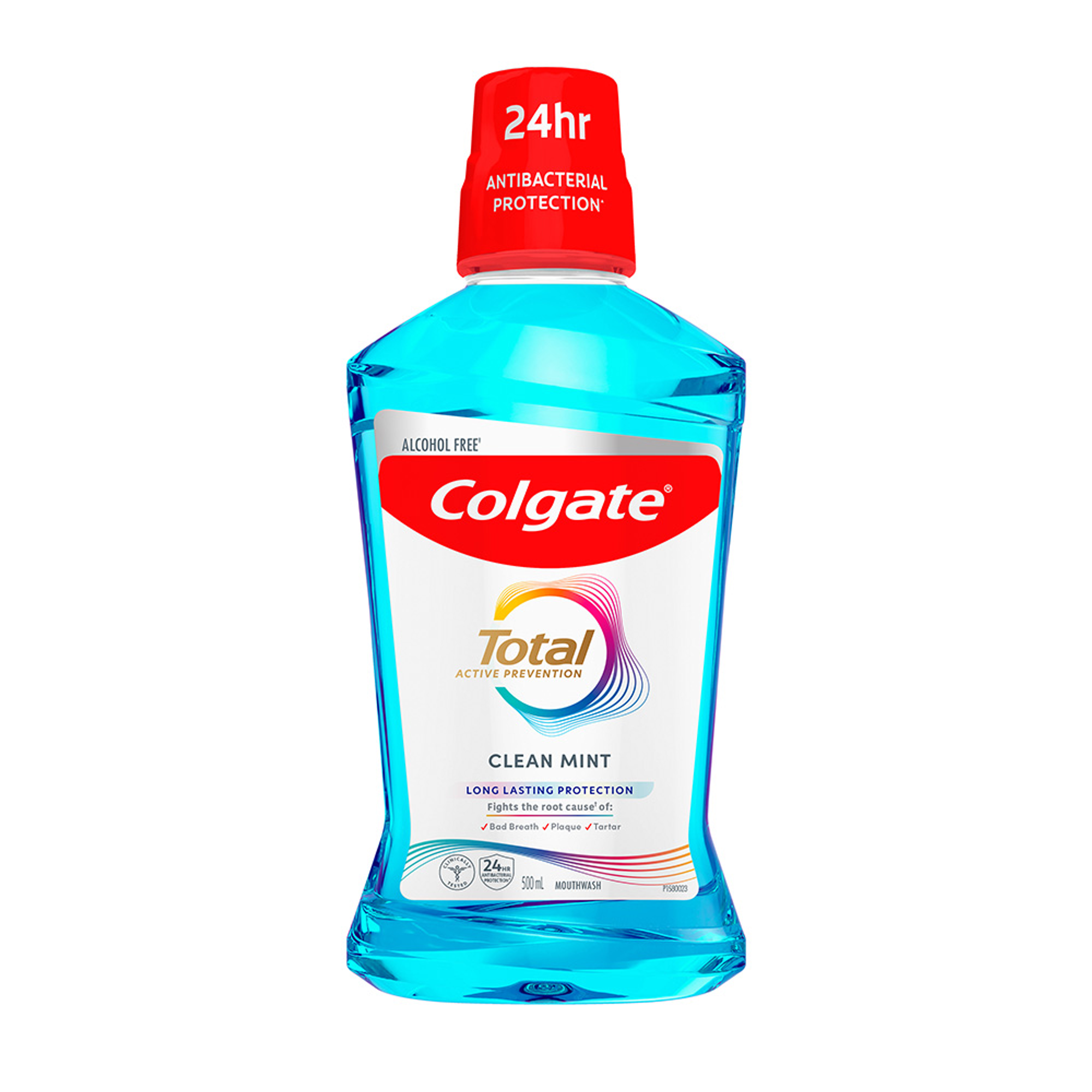
Tooth whitening. A procedure performed by so many dental professionals, it is one of the most commonly-encountered topics when patients come to see me. It is generally one of the first things they mention when I ask them what they want to improve about their smile. However, for so long post-graduation, I wasn’t completely sure of how tooth whitening worked, and what information to provide to patients. With the explosion of products and information sources, the space appears to be getting very confusing and cluttered, to both patients and professionals. I thought we would further explore this area of dentistry and highlight some really important information and tips you can pass on to your patients the next time they ask you.
What forms tooth colour, and why do our teeth get more yellow over time?
Teeth are not naturally white in colour. They are obviously formed with different layers – Enamel, dentine and pulpal tissue. Generally speaking, the outer enamel modulates the value, or whiteness, of the overall tooth structure, whereas the dentine gives us the majority of the hue and chroma of the tooth (the colour and intensity of that colour respectively). Hence, one of the factors we must consider in order to keep teeth white with age is to try and maintain a healthy enamel surface and prevent tooth wear, whether it be mechanical wear (for instance, from the foods we eat, over- brushing teeth or parafunction), or from acidic wear from the foods and drinks we ingest. As the outer enamel layer wears down, the more the yellow colour of the dentine will show through.
As teeth start to wear or decay, the smooth enamel surface also becomes increasingly rougher, allowing more stain to get trapped on and within the tooth.
How does tooth whitening actually work?
Stains are formed by chromogens, which are chemical compounds capable of producing pigments on tooth structures, either extrinsically or intrinsically. Tooth whitening products therefore work by either removing the external surface stains, bleaching the internal tooth stains, or both.
External stains are mostly attributed to environmental stains caused by things like smoking, food and beverages. Removing external surface stains is relatively easy, and involves mechanical removal of the surface stain and plaque using abrasive ingredients such as silica, found in tooth and polishing pastes.
Internal stains require something to penetrate the tooth surface to whiten the large organic chromogens within the tooth structure. This is done using either hydrogen peroxide, or carbamide peroxide (which breaks down into hydrogen peroxide). The oxidation of hydrogen peroxide reacts with the large chromogens to break down their bonds, thus forming a lighter-coloured compound1.
What are the best ways to maintain white teeth?
Tooth discolouration is multifactorial. Prevention is always best! The best ways to maintain healthy white teeth are to obviously identify the causes of tooth discolouration as mentioned above and then try to prevent or minimise their effects on our teeth:
Plaque, calculus, and dental decay
You can help to maintain your white teeth by brushing with a fluoride-containing toothpaste, flossing, and rinsing daily to mechanically remove the surface plaque accumulation, as well as protect and harden the surface enamel from decay, acids and wear.
You also want to avoid foods that are high in sugar or acid, which can either create an environment for the bacteria that cause dental decay, or cause acid wear of the enamel.
Most whitening toothpastes and mouth rinses may be able to remove some of the extrinsic stains on your teethbut only peroxide-based teeth whitening agents can remove the stubborn extrinsic stains and the intrinsic stains that cause your teeth to look discoloured. Colgate Optic White is a great product which contains hydrogen peroxide, unlike a lot of whitening toothpastes, so may be able to remove both extrinsic and intrinsic stains at the same time.
Food & drink
You may also want to tell your patients to avoid certain foods and drinks that are tannin-rich, which include:
Tea and coffee
Red wine
Soft drinks and cordials
Fruits and vegetables that have strong colouration such as beetroots and berries
Sauces (soy, tomato, curries)
I like to use the analogy of washing a white tee-shirt when discussing tooth whitening and discolouration. Brushing and flossing are like putting your white clothes through the wash regularly to keep them white. However, if you’re not careful and keep eating stain-causing foods, then your nice white clothes will eventually stain and you will then need to potentially bleach them. If you’re too rough with your clothes, then eventually they’ll wear thin and you’ll start to see the underneath as they discolour. If you are going to eat foods that stain your teeth, then it’s always a great idea to quickly rinse or drink plain water as quickly as possible to limit the interaction with your teeth, similar to when foods stain your white tee shirt!
Tooth whitening tips
Here are some tips to help your patients get the best out of peroxide-containing tooth whitening products:
Always use a professionally-recommended product from a reputable brand, not simply one endorsed by a “celebrity” on social media.
If using a take-home kit be sure your patient knows to use custom-made trays, and make sure they use the gel for the indicated length of time.
Remove surface plaque by brushing teeth with plain water, and then pat the teeth dry before application of the whitening product, which will better allow the whitening product to contact and penetrate into teeth.
For the period whilst whitening teeth as well as a few days after, avoid foods and/or drinks that can stain teeth, as they will undo all the hard work that the whitening has accomplished by allowing the stains back onto/into teeth.
Once teeth are white, maintain a healthy oral regime to minimise the plaque accumulation and acid wear. A great product I always recommend is Colgate Optic White, which will both mechanically remove the extrinsic stains/plaque as well as intrinsic stains with hydrogen peroxide in the formula, as well as keep your teeth healthy and acid-resistant with its fluoride-containing formulation.
References
Carey, C. (2014). Tooth Whitening: What We Now Know. J Evid Based Dent Pract. 14 Supp, 70-76. https://www.sciencedirect.com/science/article/abs/pii/S1532338214000499?via%3Dihub
About the Author:
Dr Sam Koh is a general dentist in private practice, with special interests in Cosmetic Dentistry and Orthodontics. Dr Koh has been awarded with prestigious fellowships from the International Academy of DentoFacial Esthetics in New York, the Pierre Fauchard Academy in London, as well as a fellowship in Orthodontics. He is the co-founder of the Young Dentist Hub, a mentor for DentalX, and a speaker/Key Opinion Leader for several dental companies. Dr Koh is a founding member of the Colgate Advocates for Oral Health Editorial Community.
Join us
Get resources, products and helpful information to give your patients a healthier future.
Join us
Get resources, products and helpful information to give your patients a healthier future.











